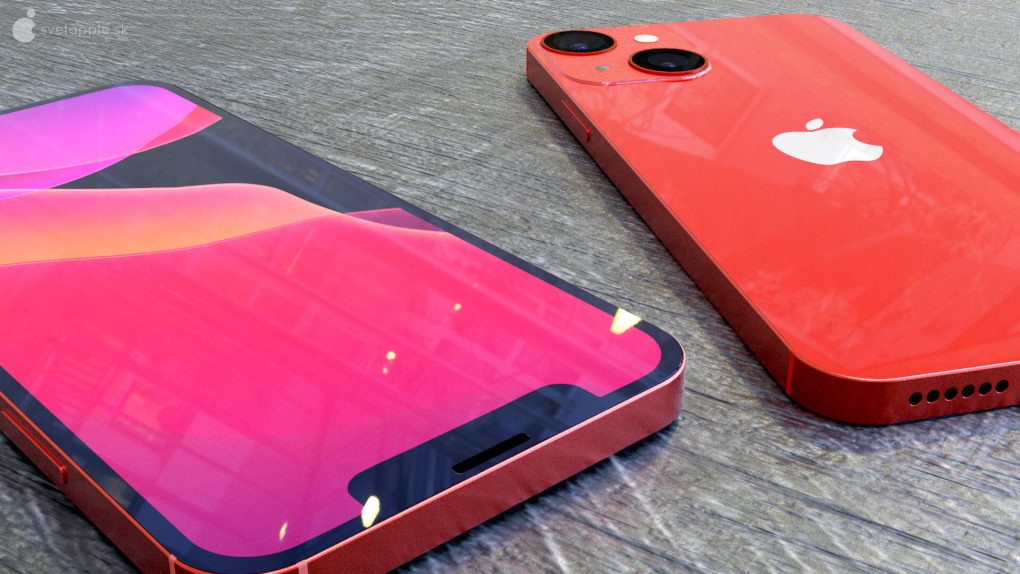The iPhone 13 series will most likely arrive in September as Apple returns to the pre-pandemic iPhone release schedule. These are the expectations for this year, at least. Unlike in 2020, Apple hasn’t given any warning that the new iPhones will see delays. Also, iPhone 13 rumors indicate Apple has been taking various steps to prevent launch delays. Therefore, we might see Apple announce the iPhone 13 event in just a few weeks. But we’ll still have new iPhone 13 rumors to check out before then. The most recent one said that Apple tested Touch ID on iPhone 13, but the feature is unlikely to have made it into the final design.
For years, many iPhone fans kept asking Apple to bring back the fingerprint sensor. Apple stopped using Touch ID on its flagship phones in 2017 in favor of Face ID. The 3D face recognition sensors sit at the top of the phone in the infamous notch. The move from Touch ID to Face ID has two distinct benefits. First, it let Apple transition to an (almost) all-screen display design. Secondly, Face ID is more secure than Touch ID and a lot easier to use.
Even still, Touch ID has plenty of loyal fans.
iPhone 13 with Touch ID
Apple has been studying ways to bring back Touch ID, and we’ve seen so many patents to prove it. But Apple plans to have Touch ID and Face ID available on the same device. Moreover, the sensors will be placed under the display so that the iPhone can keep its all-screen design.
That said, the iPhone 13 isn’t getting Touch ID if Bloomberg’s Mark Gurman is to be believed. The well-known insider said in his newest newsletter update that Apple had tested iPhone 13 prototypes with fingerprint sensors, but the feature isn’t ready:
While Apple had tested in-screen Touch ID for the next flagship iPhones, it won’t make the cut this year. I believe Apple is all-in on Face ID for its higher-end iPhones and its long-term goal is to implement Face ID in the display itself.
This prediction is in line with Gurman’s previous reports, other leaks, and Apple’s own patents. The company won three different patents for tech that would let it place Face ID and Touch ID sensors under displays.
Gurman said that Apple has two options for Face ID and Touch ID in the post-iPhone 13 future. The more expensive models could have in-screen Face ID, while the cheaper models will get Face ID notches. Alternatively, the Pro devices will get in-screen Face ID, while the less expensive iPhones get in-screen Touch ID.
Leaks aside, Apple decided on the iPhone 13’s final design months ago. If Touch ID was ever tested on iPhone 13 prototypes, that was much earlier in the phone’s development cycle. Suppliers are undoubtedly already be assembling the new iPhone 13 models in time for this year’s launch.








